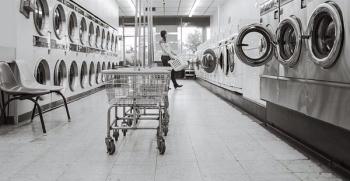
Despite the fact that the processes and layout of the laundry facility met industry standards, infection prevention teams found a significant number of mucormycosis-causing cultures.

Despite the fact that the processes and layout of the laundry facility met industry standards, infection prevention teams found a significant number of mucormycosis-causing cultures.

In the new normal after COVID-19, infection preventionists will need to become more knowledgeable about and involved in the functionality of air ventilation in health care settings.

An integrated air management system requires proper engineering and not a pile-up approach of unproven products. One concern is that decision makers will fall into the nearsighted trap of selecting piecemeal products that require frequent maintenance.
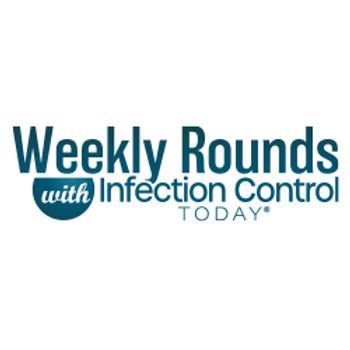
Take 5 minutes to catch up on Infection Control Today®’s highlights for the week ending June 18.
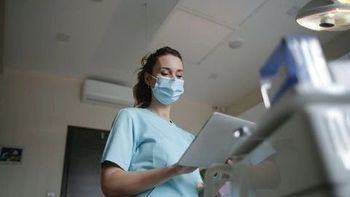
Jody Feigel, RN, MSN: “A few years ago, nobody wanted to hear from infection prevention. Now, everybody wants to hear from infection prevention.”

One of the reasons that S aureus and C diff present such a disinfection challenge is that they are encased in a biofilms such as yeast, protozoa, bacteria, fungi, and algae.
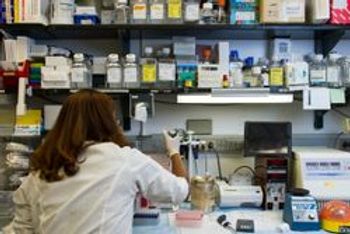
Ultraviolet-C light makes benzalkonium chloride, which is found in many disinfectants, safer to use.

Between the trifecta of departments responsible for infection prevention—EVS, nursing and infection prevention—it’s every individual’s responsibility to ensure surface cleaning and disinfecting are done quickly and effectively.

MIT professors argue that many variables should be included when determining just how much social distancing is needed in different indoor settings.
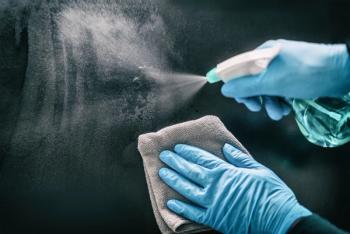
The risk of COVID-19 surface transmission is low, says the CDC, and is especially low outdoors.
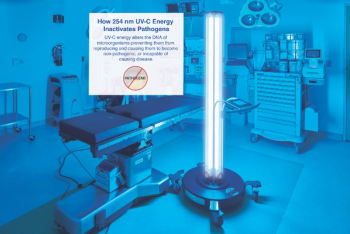
Ultraviolet light should be used in concert with traditional cleaning and disinfection procedures utilized by environmental services teams, study’s author maintains.
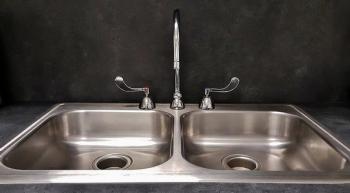
Emilie Bédard, PhD: “We worked in collaboration with infection prevention, environmental services…. We had a multi-disciplinary team to make sure that we would look at all aspects of this approach.”
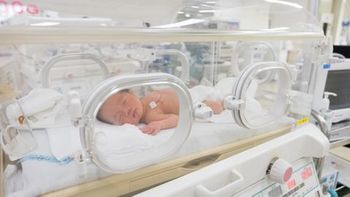
The multidisciplinary team included NICU nurses, physicians, nurse practitioners and, perhaps most important of all, environmental services personnel. “We met with the environmental services staff, and we explained to them that this is a critical situation in the neonatal ICU. And this cannot spread more.”
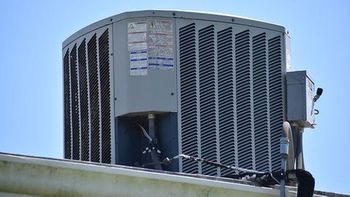
It is my advice that building managers seriously consider these measures, many of which are low cost and generate universal prevention measures.
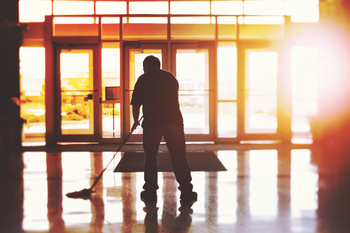
Evidence shows that bacteria on floors can be resuspended into the air with a potential of inhalation, swallowing, or contamination of surfaces and hands.

Sharon Ward-Fore, MS, MT(ASCP), CIC: "We’ve learned the hard way that restaurants, office settings, hair salons, fitness centers, and schools have really suffered for the lack of guidance by professionals like infection preventionists."
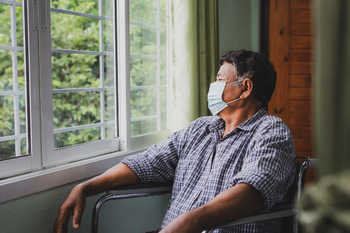
Difficulties in communicating with the elderly necessitate close speaking. These circumstances are a ripe atmosphere for spreading respiratory diseases. While residents were largely isolated from the broader population, their caretakers were not.

In response to COVID-19, companies manufacture robots that would complement the cleaning and disinfection work done by environmental services teams in hospitals. Might the machines also one day take their jobs?

“Infection control measures, including surveillance, education, cleaning/disinfection, patient cohorting, isolation, and hand hygiene, effectively contained the outbreak; it was declared over within 2 months.”

Beware the loophole. Many clinics are often classified as office space, not health care buildings, so they do not have adhered to ventilation standards.
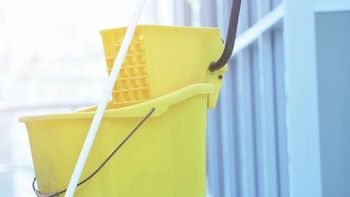
Many members of environmental service teams feel underappreciated and these health care professionals are not trained in any systematic and continuous way, a study states.

Cedric Steiner: “But the nursing home…. One could make an argument that [infection control is] more important there in some ways, because you have those residents in smaller spaces."
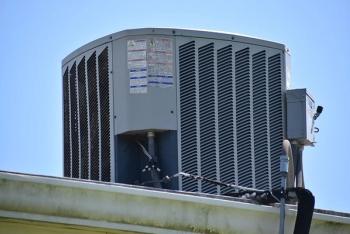
Paula J. Olsiewski, PhD: “Healthcare workers at hospitals are always concerned about the air because historically, we know many disease agents are transmitted through the air, whether it’s measles or tuberculosis. Those appear on the scene long before COVID-19.”
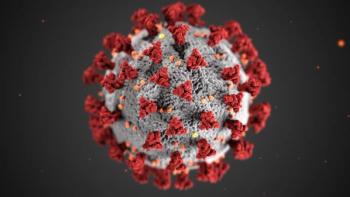
Though tough months lie ahead for infection preventionists and other healthcare professionals, hope remains that at some point in 2021 things will begin to settle down. In the end, it comes down to a simple formula: We win, COVID-19 loses.

Officials at the Children’s Hospital of Philadelphia have the ability to convert several floors into airborne infection isolation rooms (AII), or more commonly termed negative pressure rooms, with the flip of a switch.